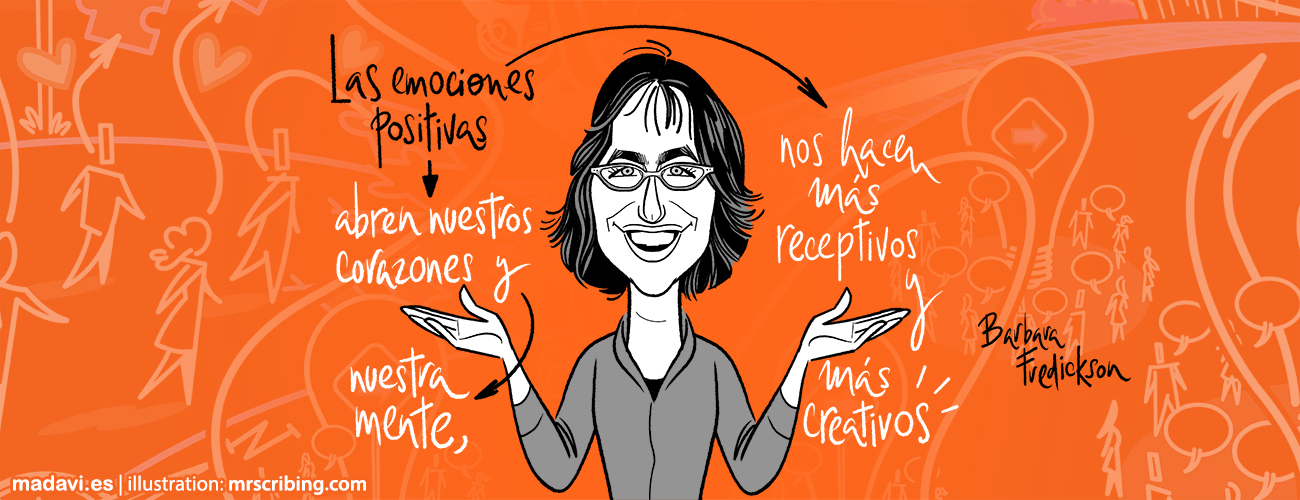During nearly the whole of the 20th century psychology focused on knowing the reason for our negative states, leaving aside the whole positive spectrum of our emotions. It is in 1998 when for the first time the subject of positive emotions are tackled from a serious perspective, thanks to Barbara Fredrickson, professor at North Carolina University in Chapel Hill USA, and one of the most important investigators in the area of Positive Psychology.
The 10 positive emotions of Bárbara Fredrickson its exceptional effects.
Doctor Fredrickson identified 10 positive emotions: pleasure, gratitude, serenity, interest in the world, hope, pride, enjoying oneself, inspiration, wonder and love. Pleasure encourages us to be creative; being interested invites us to explore; serenity permits us to enjoy the circumstances…
Until her work came out, it was believed that positive emotions were simply the opposite of the negative ones, but Barbara Fredrickson proved that positive emotions provoke an exceptional effect: They generate very potent cognitive changes in the brain, They make us more creative, resilient…”Positive emotions open our hearts and our minds, they make us more receptive and creative” says this expert. She claims that being positive allows us to develop new abilities, new relations, new knowledge and new behaviors.
An impulse to action
Positive emotions provoke changes in cognitive activity, which in the long term can produce changes in behavior, or what she calls an “impulse to action”.
Thanks to the work of Fredrickson it has been proved that positive emotions help us to “to enlarge, transform and construct”:
– Enlarge: positive emotions broaden the tendencies of thought and action.
– Construction: it favors the construction of personal resources so as to affront difficult or problematic situations.
– Transformation: Construction produces the transformation of the person, who becomes more creative, with a deeper knowledge of situations
“Madavi, the YES company”
The Bárbara Fredrickson model is aligned with the way we understand in Madavi (“the YES company”) the processes of transformation (cultural, organizational…) in companies; “Changing the way in which we change” , that forms part of our DNA, which defines and differentiates us.
As the CEO of Madavi, Fernando Iglesias argues: “What sense is there on focusing on what we do Not have when we have so much?”. Fernando illustrated it recently in an interview with this example: “Imagine that what is failing outrageously is communication. Instead of analyzing what fails let us join a group of, 50, 100, 200 people… and inquire what were the moments when communication was vital for success. That way we shall learn from the stories of those people how to achieve a communication orientated towards success. From that learning let us imagine how the company and its results will be. An attractive image of the future, and then we reach an immediate collective action. Contrary to “problem solving”, in Madavi we use the energy which is produced when you discover what you do know, what you want and so you achieve the exceptional communication which allows you to reach your aspirations”.
Madavi´s approximation is base don aligning the strengths towards the aspirations in terms of opportunities. Aspirations are always greater, more motivating and more demanding than the objectives. “ We substitute the usual paradigms of scarcity and sequentiality with abundance and simultaneity”.
How do we do it?

